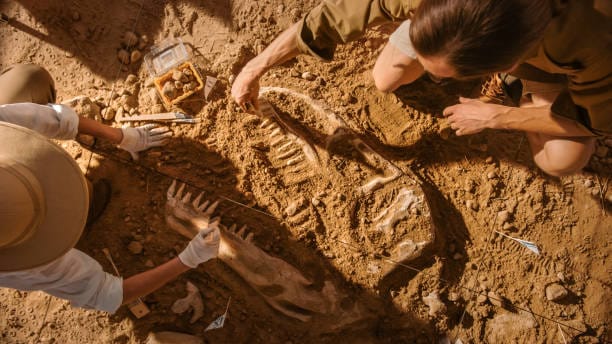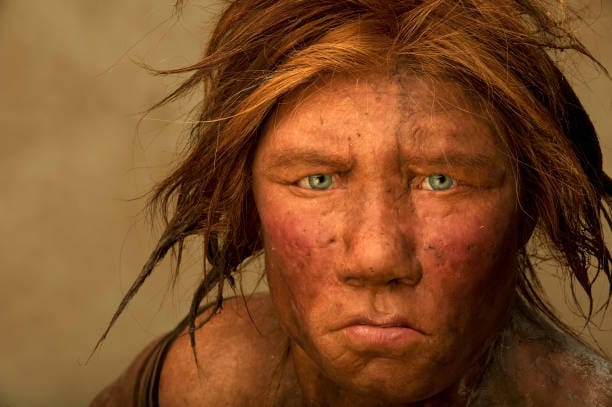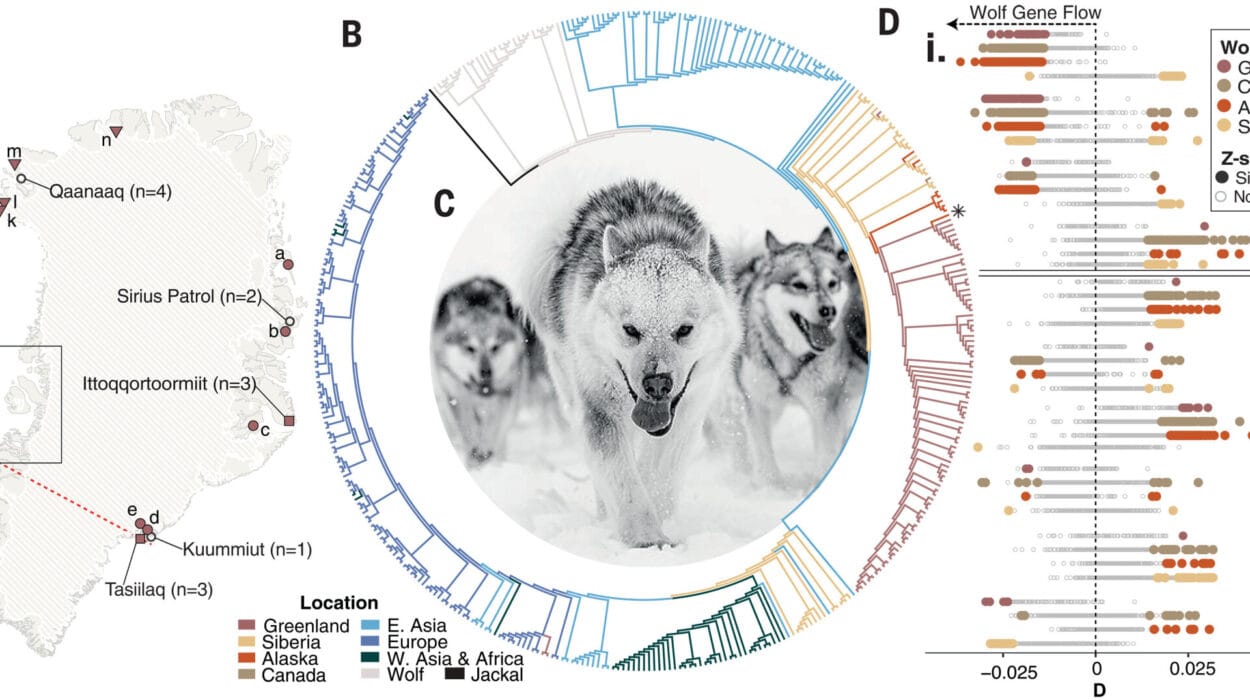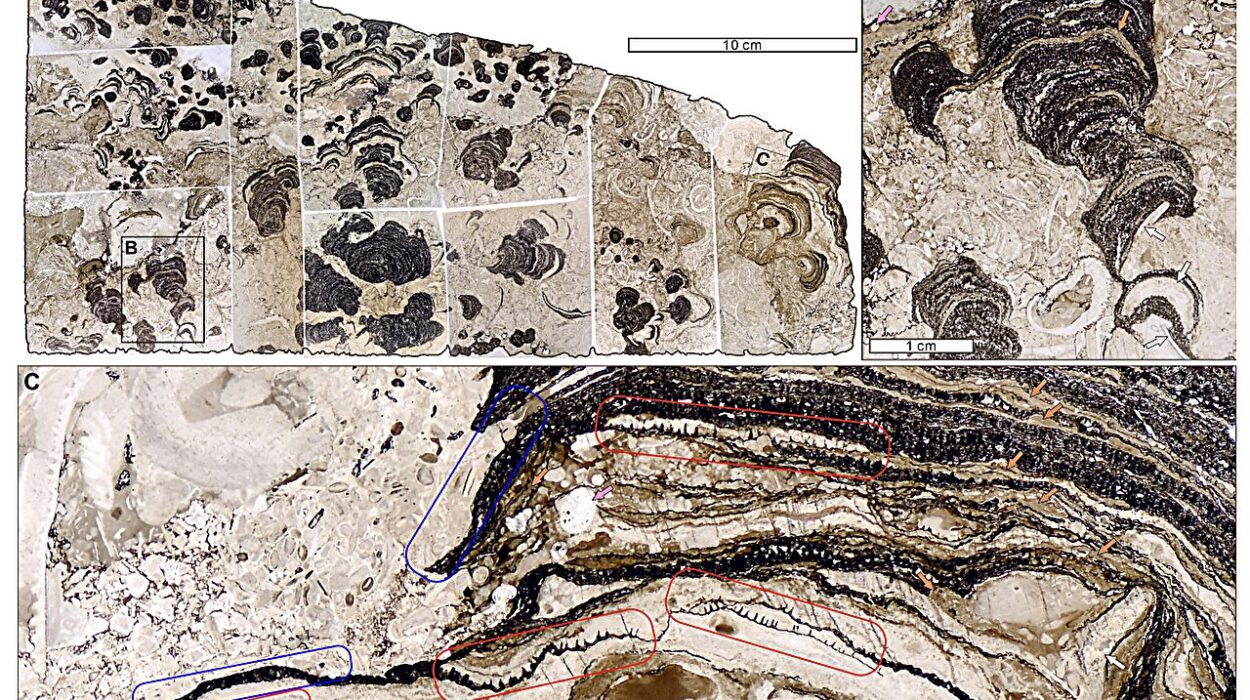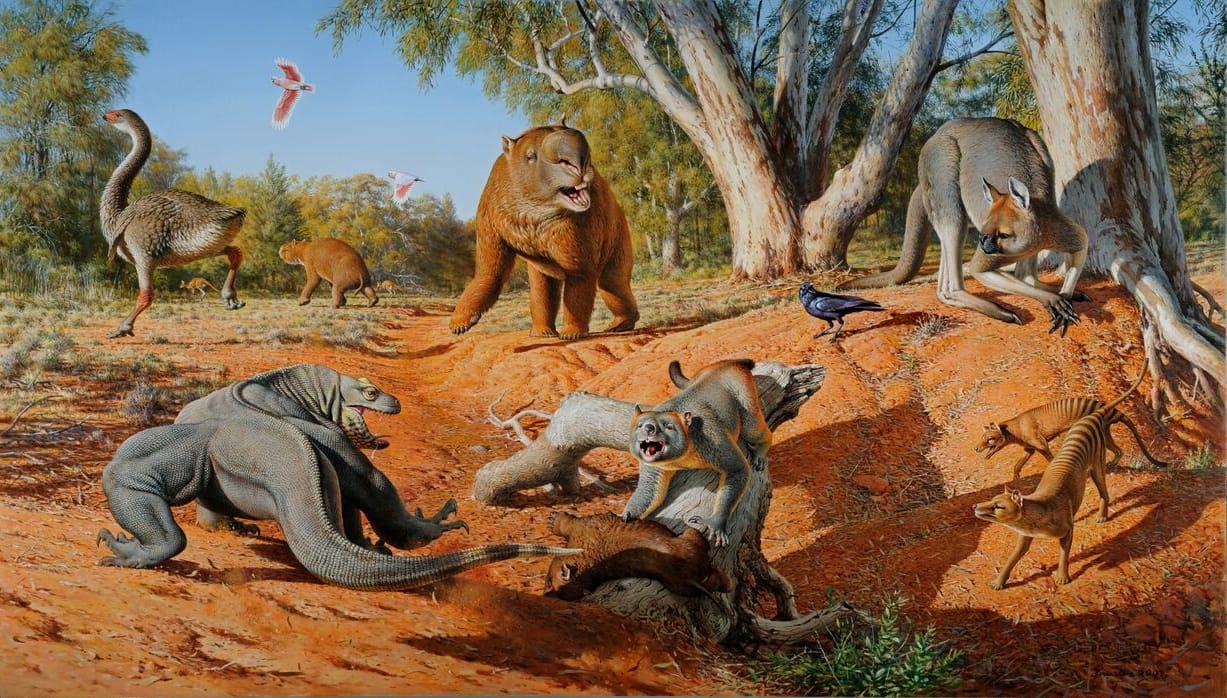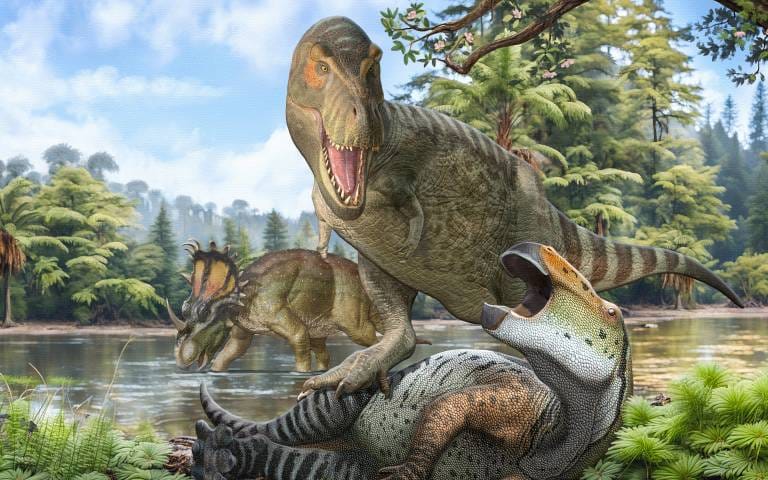To know who we are, we must first know who we were—not just as individuals, but as a species, as living creatures, as passengers on a pale blue dot that spins through space. Paleontology is the time-traveling science that allows us to do just that. It’s the bridge between what lives and what once lived, a field that doesn’t just study the past—it breathes life into it.
There’s something almost sacred about holding a fossil in your hand. It’s a whisper from a world that no longer exists, a stone imprint of something that once pulsed with life. Maybe it was a trilobite crawling across the ocean floor half a billion years ago. Maybe a leaf that drifted down in a primeval forest. Maybe a dinosaur’s tooth, a silent witness to a vanished battle. These relics of prehistory are far more than curiosities. They are pages of a story written in stone, and paleontologists are the readers, translators, and storytellers of that ancient epic.
Paleontology is not just the study of fossils. It’s the science of life’s grand narrative—its origins, transformations, tragedies, and triumphs. It explores extinction and adaptation, catastrophe and creation. It shows us how fragile life can be and how astonishingly resilient it is. Through its lens, we begin to grasp not just what life is, but what it has meant across the immeasurable epochs of deep time.
The Birth of a Science Older Than Itself
Long before anyone called it paleontology, people wondered about the strange shapes in stone. Ancient Chinese philosophers saw dragon bones. The Greeks speculated about giants and sea monsters. Native peoples around the world incorporated fossils into mythologies that reflected their awe and reverence for the natural world. These early interpretations were not “wrong” so much as they were imaginative attempts to explain what science had not yet equipped us to understand.
The Enlightenment and the scientific revolution brought new eyes and tools to the task. In the 17th century, thinkers like Nicolas Steno began to study how layers of rock—strata—formed over time. He proposed that the deeper the layer, the older it was. This insight opened the door to a deeper understanding of Earth’s history, setting the foundation for the science of geology.
But the real dawn of paleontology came in the 18th and 19th centuries. Naturalists like Georges Cuvier in France began systematically comparing fossil remains with living animals. He realized that some fossils represented creatures that no longer existed—species that had gone extinct. That revelation was revolutionary. It meant that the world had not always been as it is now. Life changed. Life ended. And life began again.
The Fossil Record: Nature’s Diary in Stone
Every fossil tells a story, but not every story makes it into the fossil record. Fossilization is rare. Most living things disappear without a trace—devoured, decayed, or disintegrated. For fossilization to occur, the right conditions must align almost miraculously. A creature dies in the right place—say, a riverbed or a swamp—where it is quickly buried by sediment. Over time, minerals replace organic material, and the remains harden into rock. The result is a fossil: a snapshot of life from a time before memory.
The fossil record is patchy and biased. It favors hard parts over soft, aquatic over terrestrial, abundant species over rare ones. But despite its gaps, it’s astonishing in its scope. From single-celled foraminifera to the towering bones of Tyrannosaurus rex, the fossil record reveals the panorama of life as it once was. It shows us that life was not always this way. Earth was once ruled by creatures that today seem unimaginable. And those creatures are our ancestors, our cousins, our cautionary tales.
Paleontologists read this record like detectives. They look at the shape and structure of fossils, the layers of rock they are found in, the chemical isotopes within them, even the microscopic scratches left by ancient teeth. They reconstruct ecosystems, climates, and evolutionary lineages. They do not just study death—they study the conditions that allowed life to thrive and the events that brought it to ruin.
Evolution’s Footprints in Ancient Earth
Darwin’s theory of evolution by natural selection gave paleontology its deepest meaning. Fossils were no longer just curiosities—they were evidence of life’s slow, branching journey. Paleontology became a companion science to evolutionary biology. Together, they illuminated how species arise, change, and vanish.
Fossils allow us to trace the ancestry of whales from land-dwelling mammals, birds from feathered dinosaurs, and humans from tree-dwelling primates. These are not myths or metaphors; they are evidentially grounded, scientifically reconstructed stories based on millions of data points. Transitional forms—the long-sought “missing links”—are not missing. They’re being discovered all the time, from Tiktaalik, the fish with limbs, to Archaeopteryx, the feathered dinosaur.
Evolution doesn’t work on individual fossils, of course. It plays out across populations, across millennia. But fossils give us punctuation points in that long story. They show patterns of gradual change and abrupt revolution, of branching and pruning, of rise and collapse. Evolution, as told by the fossil record, is not a march of progress. It is a chaotic, resilient, beautiful experiment played out over 4 billion years.
Catastrophe and Continuity: The Tale of Extinctions
Paleontology is also the science of endings. Throughout Earth’s history, there have been at least five mass extinction events—times when life on a global scale was nearly wiped out. The fossil record bears witness to these cataclysms. One of the most famous is the Cretaceous-Paleogene (K-Pg) extinction event, about 66 million years ago, when an asteroid impact ended the reign of the dinosaurs.
The evidence is dramatic: a layer of iridium-rich clay found all over the world, shocked quartz, crater remnants in Mexico, and an abrupt shift in the fossil record. One moment, the Earth teemed with dinosaurs, ammonites, and flying reptiles. The next, they were gone, and mammals began their quiet ascendancy.
But not all extinction events are so theatrical. The Permian-Triassic extinction—the “Great Dying”—wiped out over 90% of marine species and 70% of terrestrial species. It may have been triggered by massive volcanic eruptions, climate shifts, or ocean anoxia. Whatever the cause, its impact reshaped the tree of life.
Paleontology shows us that extinction is not the end of life. It is the clearing of the canvas, the pruning of the evolutionary tree. After each catastrophe, life rebounds—often more diverse and complex than before. But this knowledge also carries a warning: extinction can come swiftly, and no species—not even our own—is immune.
A Tapestry of Subdisciplines
Paleontology is not one field, but many. It branches like a tree into paleobotany (study of ancient plants), invertebrate paleontology (animals without backbones), vertebrate paleontology (animals with backbones), micropaleontology (microscopic fossils), and more. Each subfield opens a different window into the past.
Paleobotanists decipher climates from fossilized leaves and pollen. Vertebrate paleontologists reconstruct skeletons of extinct mammals and reptiles. Taphonomists study how organisms decay and fossilize, giving insight into the biases of the record. Ichnologists analyze trace fossils—footprints, burrows, coprolites—to understand behavior.
Even paleogenomics now plays a role. Advances in molecular biology have allowed scientists to extract and analyze ancient DNA from well-preserved specimens, like Neanderthal bones or frozen mammoths. Though DNA rarely survives deep time, when it does, it offers an extraordinary new line of evidence to complement the stones and bones.
Paleontology Meets Technology
The 21st century has transformed paleontology. What once required hammers and chisels now also involves lasers, CT scanners, isotopic mass spectrometers, and computer modeling. Paleontologists can now reconstruct entire skeletons in 3D, simulate muscle movements, or model ancient climates based on chemical signatures in fossils.
Remote sensing and satellite imagery help locate fossil-rich formations. GPS allows for precise mapping. Machine learning is starting to assist in sorting microfossils or identifying subtle anatomical features. Virtual reality lets students walk through Jurassic forests or stand beneath the looming shadow of a sauropod.
These tools don’t replace the romance of fieldwork—of kneeling in the dirt and brushing away sediment from a bone that hasn’t seen sunlight in 100 million years. But they enhance it. They allow the past to speak in clearer, more intricate detail than ever before.
Dinosaurs and the Public Imagination
No branch of paleontology captures public imagination like the study of dinosaurs. These magnificent creatures—some the size of buses, others nimble as birds—have become icons of ancient life. From “Jurassic Park” to museum halls lined with skeletons, dinosaurs are the gateway drug to a love of science for countless children and adults.
But paleontologists don’t just care about spectacle. They want to know how dinosaurs moved, hunted, nested, and interacted. They’ve learned that many were feathered, that some traveled in herds, and that others cared for their young. They’ve debated whether Tyrannosaurus rex was a predator or a scavenger (or both), whether Stegosaurus used its tail to defend itself, whether Velociraptor had the intelligence suggested in fiction.
Dinosaurs matter not because they were monstrous, but because they were real. They challenge us to accept that Earth once belonged to creatures utterly unlike us—and that one day, it may again.
Humanity’s Place in Deep Time
Perhaps the most humbling aspect of paleontology is its ability to decenter the human experience. Our species—Homo sapiens—is a newborn in geological terms. We emerged around 300,000 years ago, a blink in the four-billion-year history of life. Civilization as we know it has existed for mere thousands.
Yet paleontology also traces our lineage back millions of years. It reveals our kinship with other primates, our evolution from ape-like ancestors, our migrations across the globe. It shows how climate shaped our adaptations and how cooperation, tool use, and language enabled our rise.
Fossils of early humans—Australopithecus, Homo habilis, Homo erectus, Neanderthals, and others—tell of experimentation, diversity, and resilience. These were not failed versions of us. They were branches on the same tree, part of the same grand story. Their bones remind us that we are not separate from nature—we are its latest expression.
The Future of the Past
Paleontology is not just about looking backward. It’s also about anticipating the future. By understanding past climate changes, extinction events, and evolutionary patterns, paleontologists help predict how life might respond to the crises we now face—global warming, habitat destruction, and mass extinction.
Some call this new synthesis “conservation paleobiology”—using the deep past to guide present decisions. What species are most at risk? How do ecosystems recover after collapse? What traits help life survive upheaval?
In this way, paleontology becomes a tool for stewardship. It reminds us that Earth’s history is not just something to admire, but something to learn from. It tells us that the choices we make now will echo for millennia.
A Discipline of Wonder
At its heart, paleontology is a science of wonder. It asks us to imagine a world we can never see, to hear voices long silenced, to walk through forests turned to stone and deserts littered with bones. It is a blend of adventure and analysis, poetry and precision.
To be a paleontologist is to live with deep time always in your thoughts. To see a cliff not just as a rock, but as a page from an ancient book. To gaze at the stars and realize that Earth has changed utterly, again and again, and yet life has persisted—shifting, adapting, radiating.
We study fossils not because they are dead, but because they tell us how life lives. In their silent shapes and fragile remains, we find meaning, connection, and awe. And in doing so, we find ourselves.
